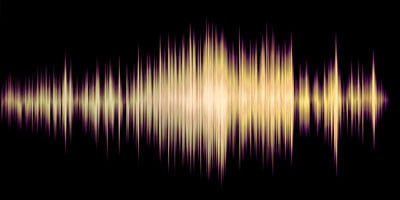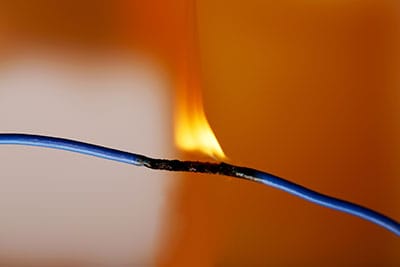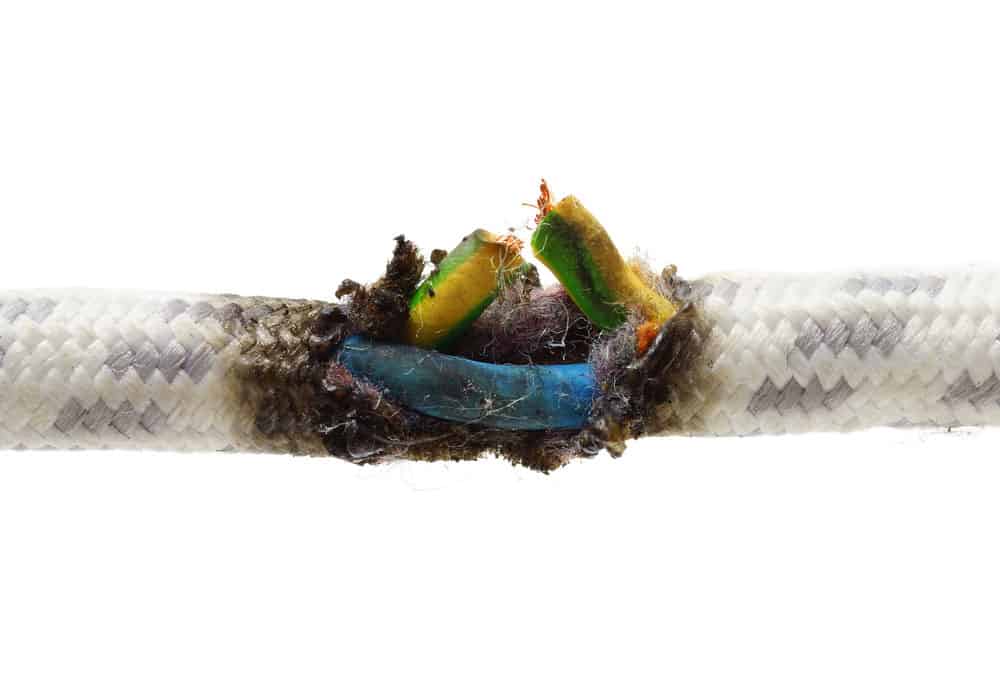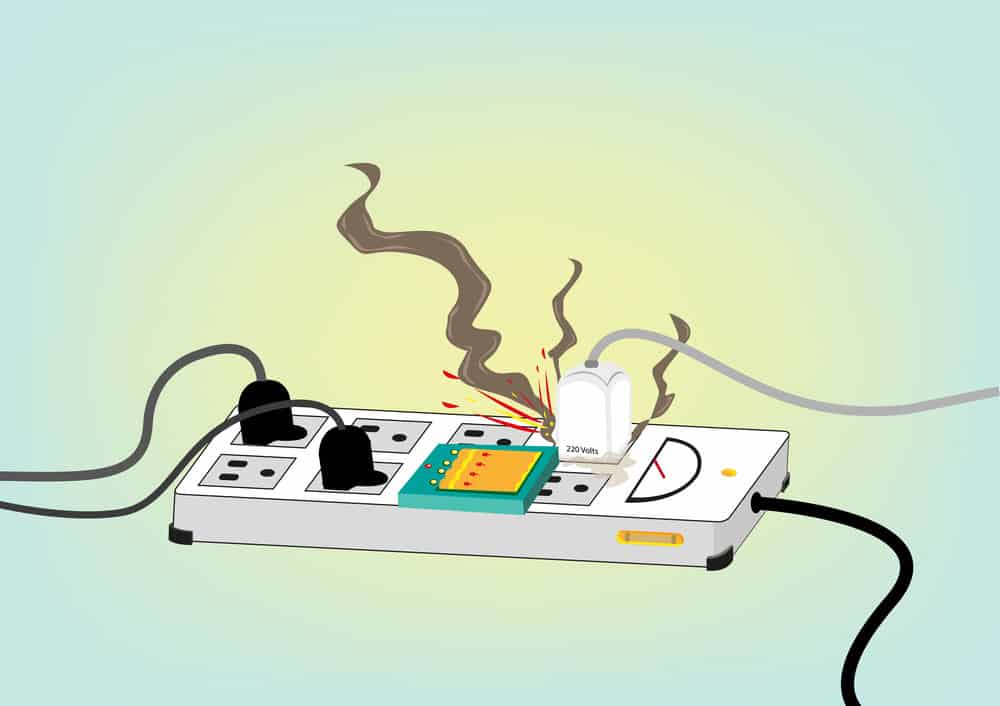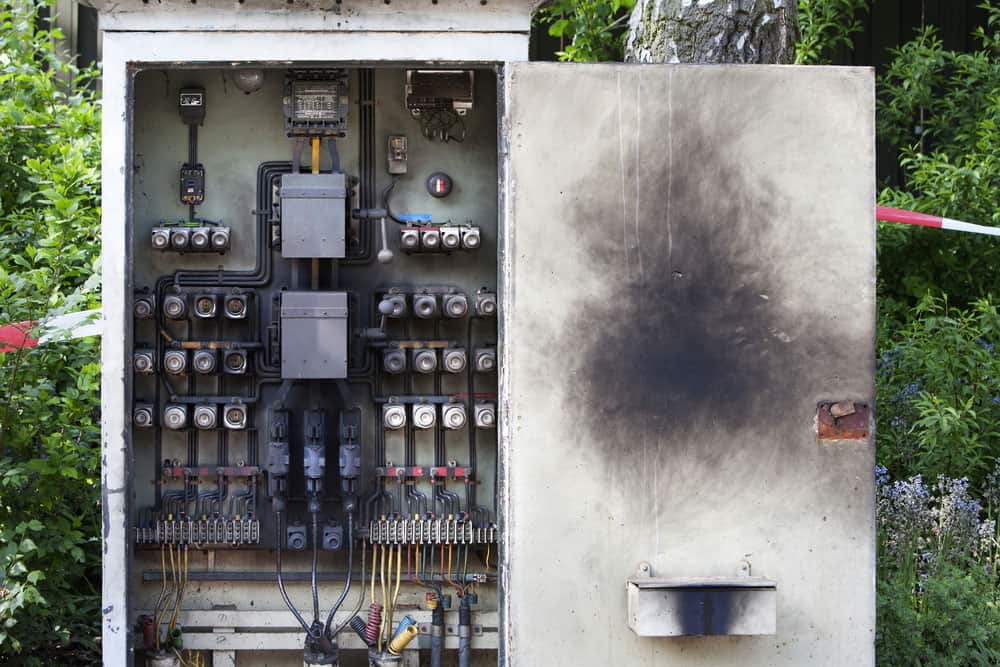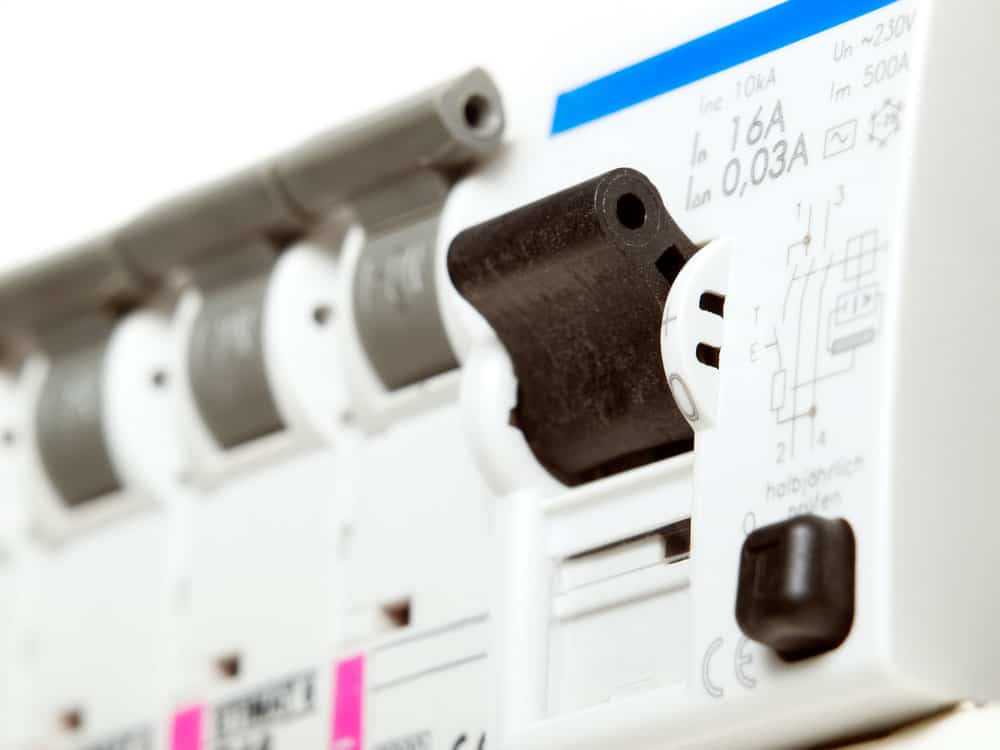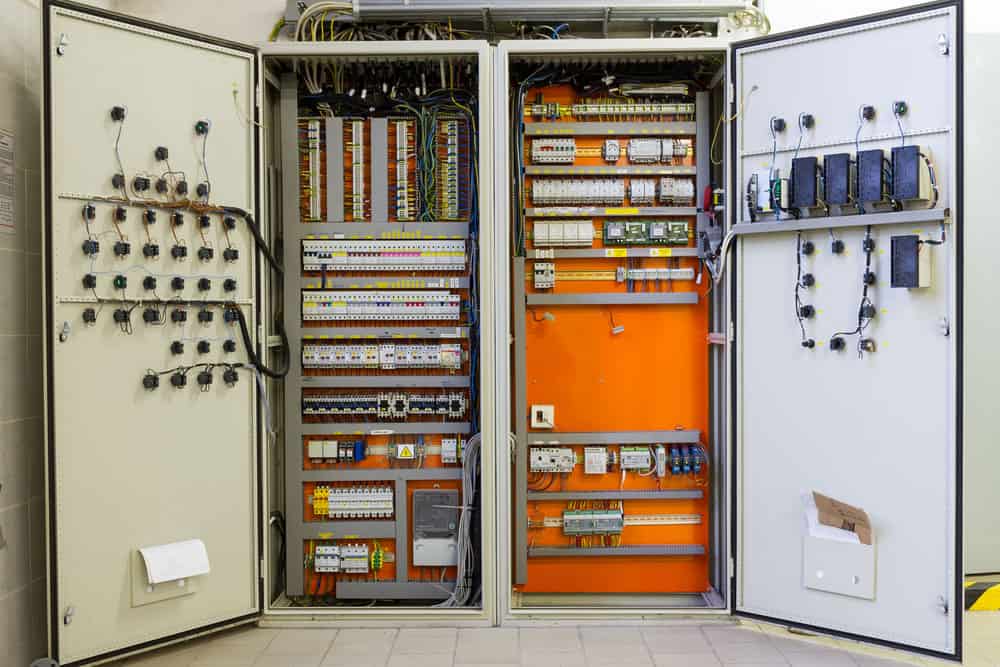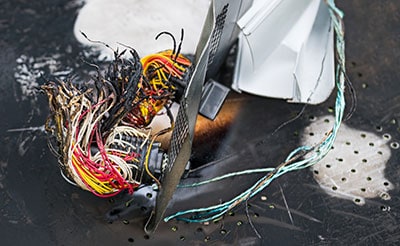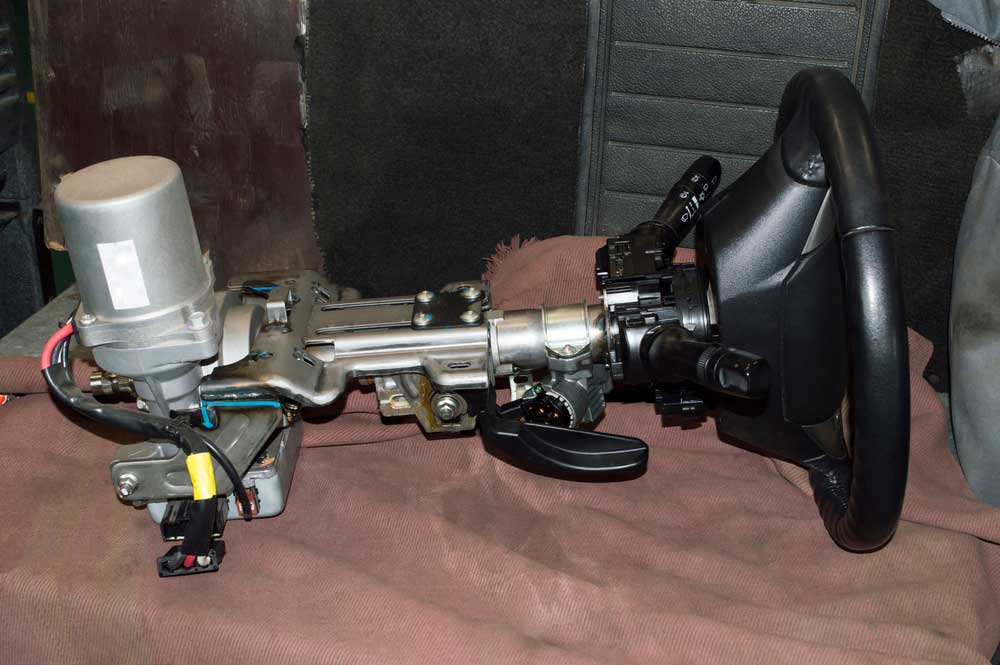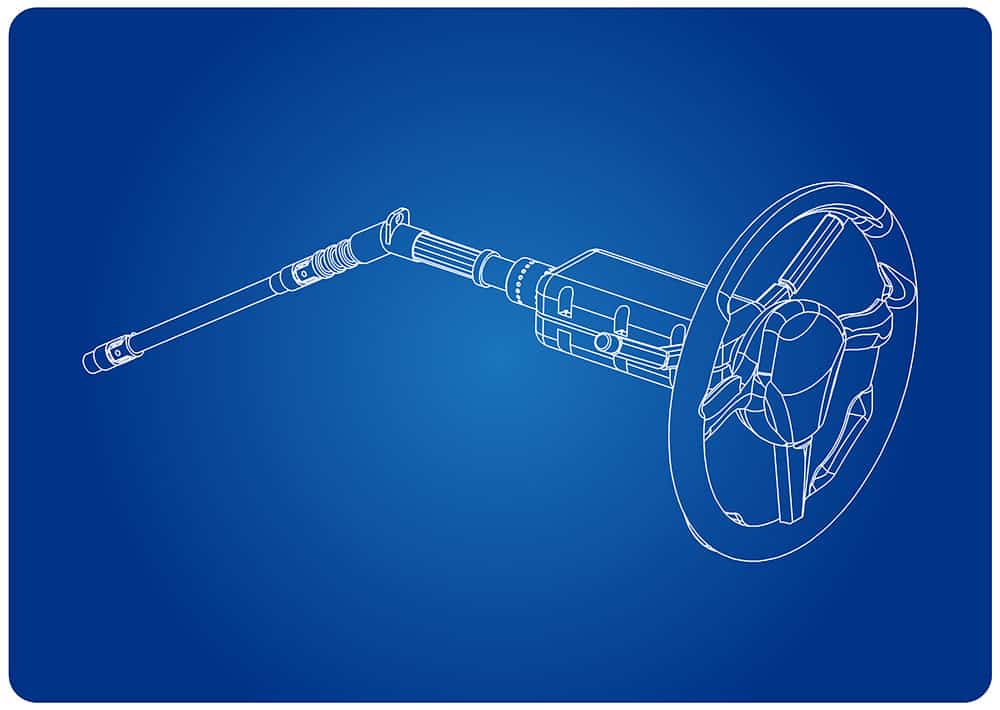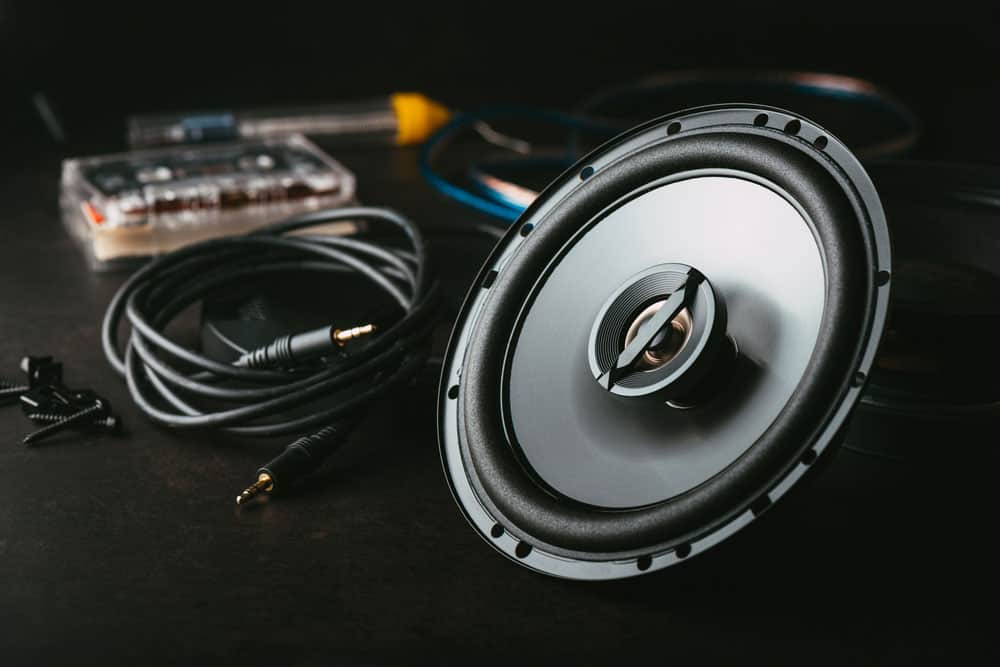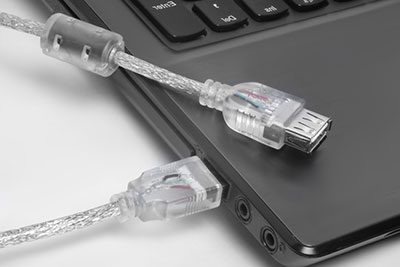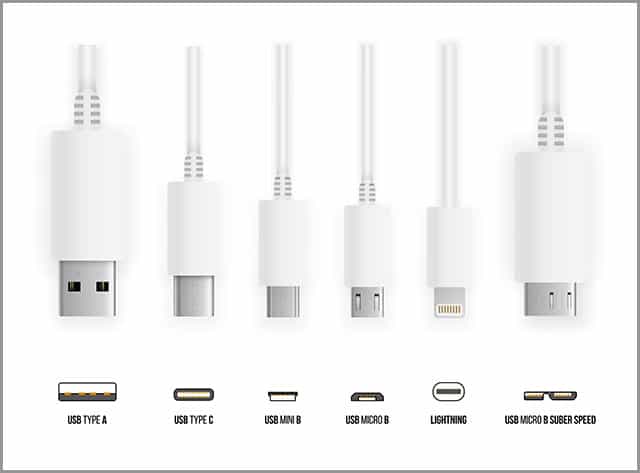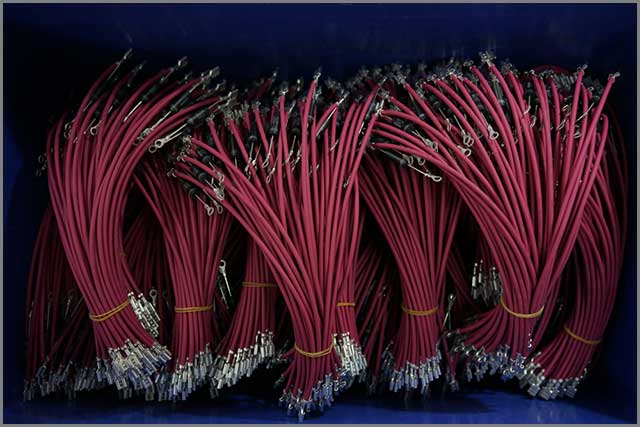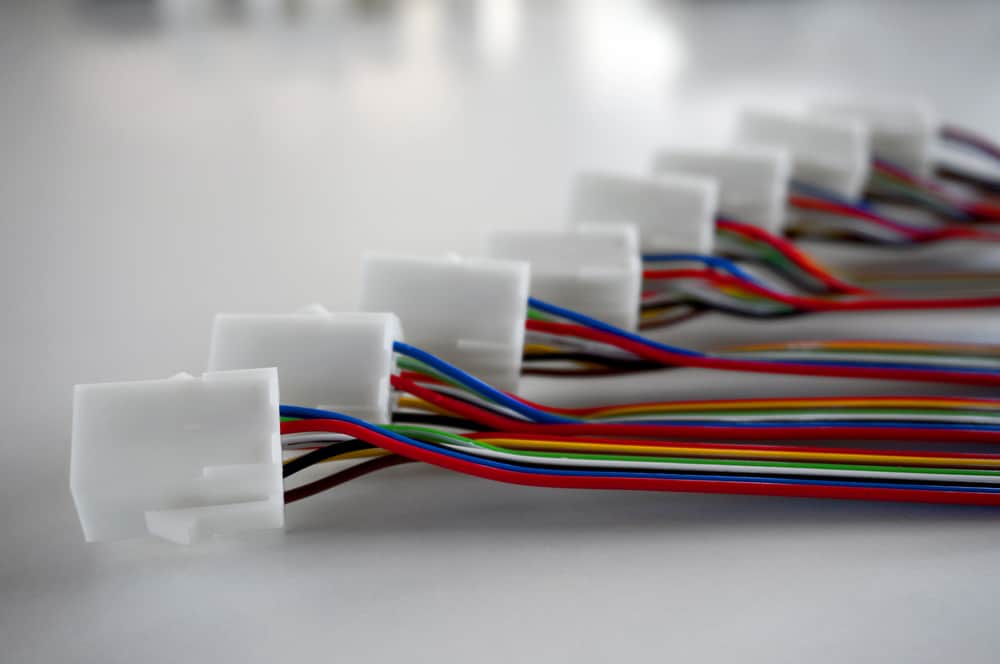Harmonic currents and voltages can harmonic currents and voltages can have various strengths.
Depending on the electrical setup, the system can handle those levels.
A harmonic study helps you analyze this wave distortion and reveals whether its ranges are acceptable.
That allows you to find potential issues and deal with them.
If you’d like to learn more about harmonic study, we have a detailed guide below!
The Overview of a Harmonic
Harmonic is a type of waveform that occurs in electricity.
The form is non-sinusoidal and occurs periodically. So, how would you present it?

Caption: Sine wave – illustration
You would use a sum of the sine wave whose integer is the basic frequency’s multiple.
However, there might be a superposition between the harmonic wave and the basic frequency.
If that occurs, you’ll notice the forming of a distorted wave, and that’s what makes it non-sinusoidal.
How to Produce Harmonics
You need a non-linear load to produce harmonic waves.
That’s because a non-linear load reduces the amount of electrical energy the system utilizes.
So, these loads imply semiconductor components achieve higher efficiency.
While that’s useful, these parts can lead to interference.
That interference appears as current distortion. It also adjusts the voltage signals that go back into the power setup.
If that happens, that means a harmonic occurred.
Here are the most common harmonic sources across various industries.
Electric Devices

Caption: A PC desktop can cause harmonic waves
A wide range of products can cause harmonic distortions.
That includes the following:
- Pumps and fans that have VFDs – variable frequency drives.
- Personal computers and instruments with SMPS – a switched-mode electricity supply.
- Harmonic distortion can appear in systems for battery charging.
- You might face this waveform if you have a flexible AC transmission system.
- VAR compensators that are static and non-interruptive power supplies can also have harmonics.
Magnetic Gear
The condition is that the equipment is saturable.
For example, this gear can lead to harmonics:
- Harmonic generators. Synchronous generators create them because the air gap has a flux that distributes in a non-sinusoidal form. You can pick a pitch factor to decrease the harmonics.
- Transformers. If overexcitement occurs, it might lead to harmonics. If an inrush current occurs, you might notice some waves. However, they only last for a short while.
- Discharge lamps. Fluorescent lamps and sodium at high pressures can lead to harmonic currents.
- Rotating machines. Third harmonic currents can appear from induction motors. However, these machines must be under non-standard conditions.
An Analysis of Harmonics’ Effects

Caption: A warning sign with graphics
Harmonic voltage distortion can cause a wide range of issues.
It has various effects on different parts, including:
- Capacitors. You’ll find the capacitors and the system has a parallel resonance. That could lead to a shorter conductor lifespan and even its destruction.
- Conductors. The resistance and current might increase, which leads to cable heating.
- Neutral conductors. The current can return via these parts. Therefore, you could face overcurrent, heating, and a shorter lifespan of the conductor.
- Transformers. You might notice too much heat because the harmonics go via windings. Furthermore, that leads to losing thermal insulation and affects overall performance. The torque could be lower, and bearings will deter quickly.
- Motors. The performance might suffer, and you could face similar issues as in Transformers.
- Control devices. You can get wrong results and errors. That refers to magnitude values and the zero reference of a wave.
When a Harmonic Study Is Necessary

Caption: A person writing down the factors when a harmonic study is necessary
If you are unsure when to do a harmonic study, here are a few pointers:
- Did you notice a large quantity of non-linear loads? Do a harmonic study if they are above a fourth of the systems or bus’s total load.
- Is there an issue with power quality?
- Do the parts of your power system deal with damage frequently?
These are all good reasons for harmonic analysis. You can also do it to meet regulations and check the system’s performance.
What Are the Goals of a Harmonic Study?

Caption: Waves oscillating – illustration
Your goal might depend on the industry. However, the common tasks include:
- Meeting the Standard 519 of The Institute of Electrical and Electronics Engineers. It’s a document that refers to harmonic control in electric systems.
- Check how the harmonic distortion affects the system.
- Suppose you plan to add non-linear loads to expand the system. The harmonic analysis can help to learn how to improve the setup to suit the new needs.
- Suppose you notice problems that harmonics can cause. Those could include overhearing, devices not working well, etc.
- That’s part of planning an entirely new power setup.
What Do You Get with a Harmonic Study?

Caption: An electrician reading the power output
Why would you analyze harmonic generation?
There are many reasons to do a study.
- Check the existing power setup and collect important data. You can use this data for other tests later.
- Find where high-harmonic generation appears in your system. Furthermore, learn about its type, place, and size.
- Check how harmonic conditions affect current and voltage in your setup.
- If there are any harmonic penetrations, you can learn about them.
- Find the THD – total harmonic distortion – and its magnitude on each frequency.
- You’ll learn if the distortion levels align with relevant codes and requirements.
- Measuring any harmonic indices to ensure they meet the standard is possible.
- Find if there is any serial or parallel resonance.
- If you need them, you can create and check harmonic filters.
Harmonic Study and Analysis – Details on How to Perform It
The IEEE developed a guideline when doing harmonic analysis studies.
You can check it to learn more about the process. Here are the major things you should know!
What Tools Do You Need?

Caption: Various electrical equipment shown in the photo
Before you start, you should have the right tools.
If you have a small system, you can go for manual calculations.
However, please note these can lead to errors.
Furthermore, they are often complex.
You can also try field measurements.
They are useful if you need to check the design or if there is a field issue. If the latter occurs, it can help you diagnose it.
The most common way is a computer simulation.
It’s affordable and simple, but it gives accurate harmonic analysis.
What Data Should You Acquire?
To do a harmonic study, you must get various data first.
Here is what you should have:
- Gather the system details.
- The nominal voltage of your bus and limits of harmonic distortions.
- If there are non-linear loads, what’s the maximum voltage you expect?
- The short-circuit MVA for the single and three-phase setups. You also need zero, negative, positive, reactance, and resistance sequences (if applicable).
- Use the basic frequency to get rated voltage, kVa/MVA, and negative reactance. Do this for both the generators and the motors.
- You’ll need kV ratings of any shunt reactors and capacitors.
- Resistance and reactance of circuit elements, such as the bus duct and reactors that limit current.
- The number of pulses, phases, converter connections, and nameplate ratings.
- The structure and type of the harmonic filter. If there are special buses, make sure to get harmonic limits for each.
Collecting and Preparing Data
An integral step in harmonic analysis is to prepare and model data. It will depend on the system device, but here are some tips:
- If there is power grid data, ensure the utility is the source.
- For load data, get it from any tests and the load nameplate.
- Include test information along with the data from the designer for cable and line data.
- The manufacturer will deliver data on the rotating machines. Use that info, and details from the factory acceptance test and other checks.
- Get the info on the transformer and other parts from the nameplate.
- The manufacturer should get you info on non-linear unit voltage-current features. The same applies to the harmonic filter and current and voltage harmonic spectrum.
If you performed any tests in the above areas, show that data, too.
Step-by-Step Instructions

Caption: An illustration of a checklist with the completed first step
Do you want to conduct a harmonic study?
The steps are similar for commercial and industrial facilities.
Here are the actions to follow:
- You should have a single-line diagram.
- Make sure you have the ratings and other info on the gear.
- Check where non-linear loads and harmonics appear. Make sure to write down the places.
- Call the utility provider and get the PCC’s data and harmonic specifics. Get the lowest and highest fault limits or system impedance that acts as a frequency function in various system conditions. Additionally, get acceptable levels for harmonic distortion.
- Analyze the default configuration. You need to find the shunt capacitors and harmonic source bases and find the driving point impedance loci.
- Find the total harmonic voltage, as well as the individual one.
- Check the ratings with the ones that standards suggest.
- If you find something to go above the normal level, make sure to adjust the capacitors.
- You’ll need filters in areas where harmonic distortion exceeds the acceptable range.
For the seventh step, here is more information on the adequate ranges:
- The current should be less or equal to 180% of the rated RMS.
- KVAR should be less or equal to 135% to its ratings.
- RMS crest voltage can be less or equal to 1.2 times the rated level.
- The continuous operating voltage shouldn’t exceed 110% of its rating.
Preparing a Report
Once you finish, it’s time to write a report on the harmonic study.
Here is what you should add to it:
- Any general system info you have? That means lists of machines, branches, buses, etc.
- The bus input data should have everything from ID and name to nominal voltage and harmonic limits.
- The configuration of the system with engineering data revision. Add info about the input data, simulation, and solution.
- A full report on the basic lead flow.
- The spectrum of harmonic sources, including place, phase angle, and magnitude.
- If you have overloading of the filters, cables, and transformers, add that info to the report.
- Add that info to the report if you have overloading of the filters, cables, and transformers.
- Reports on harmonic voltages for branches and buses. Make sure to add reports for each frequency.
Conclusion
Harmonic has effects on multiple parts of the system.
Therefore, it can cause many issues in the setup.
That’s why harmonic analyses and studies can help to deal with these problems.
Remember that cables and wiring are an important part of any setup.
If you need top-quality solutions, don’t hesitate to contact Cloom today!


